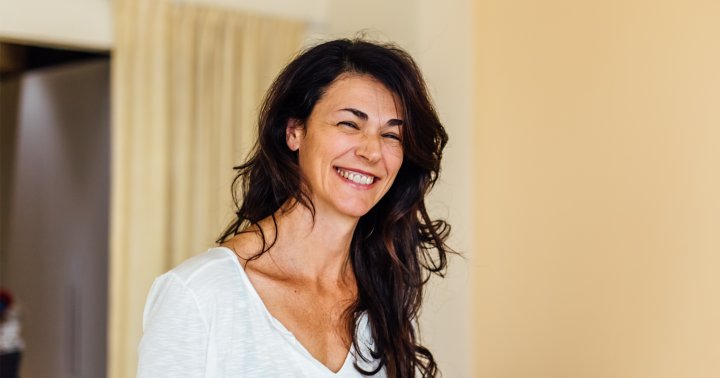Best of Buddhist Fiction Summer 2024
Tricycle’s editors cast their picks for the best Buddhist fiction and poetry for your beach-reading consideration. The post Best of Buddhist Fiction Summer 2024 appeared first on Tricycle: The Buddhist Review.
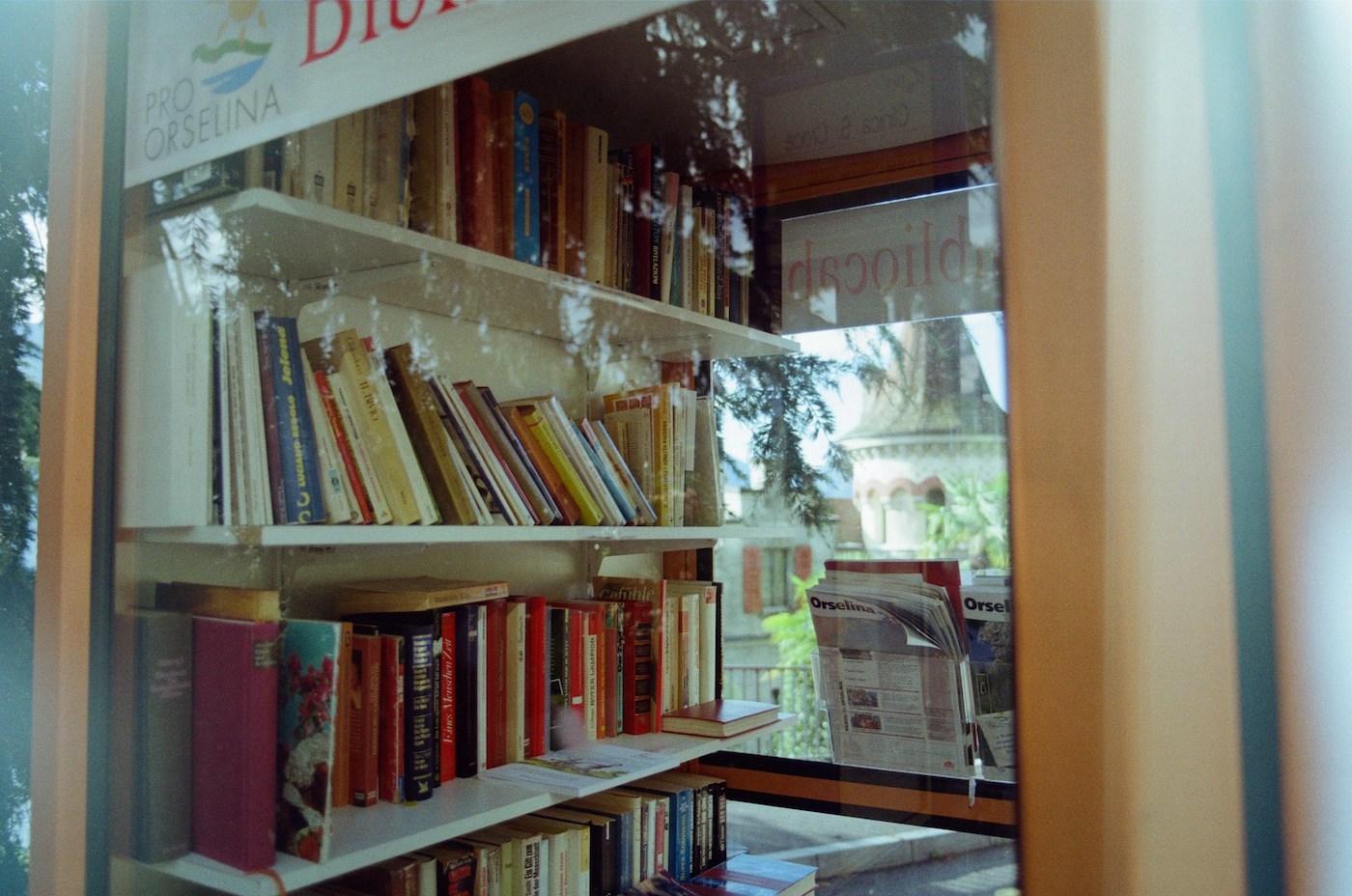
Tricycle’s editors cast their picks for the best Buddhist fiction and poetry for your beach-reading consideration.
By Tricycle Jun 30, 2024 Photo by Sven Duss
Photo by Sven DussNow that the solstice has come and gone, we are officially in the dog days of summer 2024. While that could portend wildly different scenarios based on your situation—from sweating it out in a sweltering apartment, office, or workroom to lying on white sand beaches miles away from the ordinary—these Buddhist books will keep you covered for whatever life throws at you. From minimalist fiction that gives refreshingly realistic depictions of modern Tibetan life to an imaginative retelling of the first women’s request for ordination, the following selections are sure to keep you entertained while dusting off your dharma eye all season long.
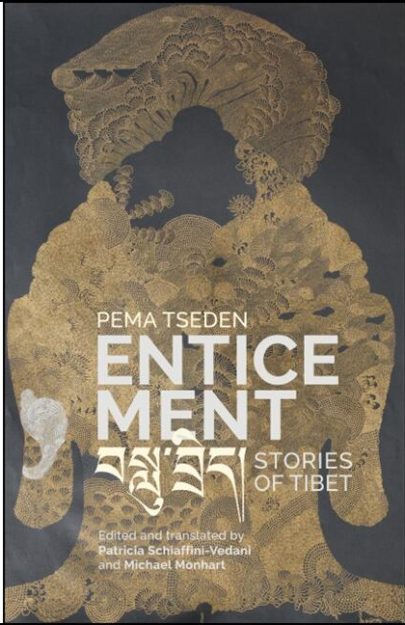
Enticement: Stories of Tibet by Pema Tseden, edited and translated by Patricia Schiaffini-Vedani and Michael Monhart
State University of New York Press, September 2018, 160 pp., $19.95, paper
Pema Tseden, also called Wanma Caidan, was a prolific Tibetan film director, screenwriter, and author. One of the first filmmakers in greater China to make films entirely in the Tibetan language, Tseden was known for his realistic portrayal of modern Tibetans in a changing world. Enticement—deftly translated by New York City–based translator and psychoanalyst Michael Monhart and Texas University’s Patricia Schiaffini-Vedani—is Tseden’s sole collection of fiction and showcases his prose in ways that are simultaneously allegorical, poetic, and universal. Marking one year since his untimely passing at 53, Tricycle published Tseden’s story “Orgyan’s Teeth” this past May, which portrays the story of a reincarnate lama as told by his childhood friend.
–MS
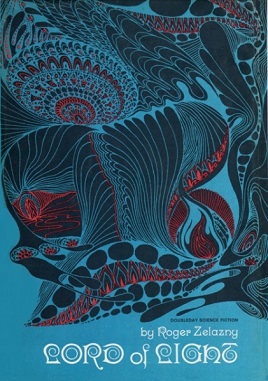
Lord of Light by Roger Zelazny
Harper Voyager, March 2010, 304 pp., reprint edition, paper
The action of Roger Zelazny’s Hugo Award–winning 1967 novel Lord of Light may be familiar to Buddhist readers—the coming of Maitreya, the next Buddha, in a Vedic or Hindu context—but the setting certainly is not. The book depicts the newly awakened Buddha on an alien world fighting against gods named Vishnu, Mara, Brahma, and Kali. The fight is not metaphorical, it’s a real battle in which the Buddha leads an army of zombies and demons in an effort to destroy “Heaven,” the Olympus-like home of the gods. Roger Zelazny referred to himself as a lapsed Catholic and a man without a religion, but the topic reverberates throughout his works, and all religions appear in Lord of Light, if only briefly. The ubiquity of gods and temples suggests that even in a time and place where science has solved the problem of mortality (if not morality), religion is an inescapable part of human activity, despite its outward forms being imperfect or corrupt.
–PR
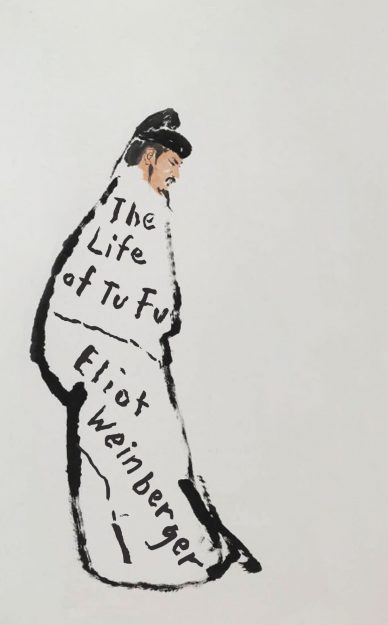
The Life of Tu Fu by Eliot Weinberger
New Directions Publishing, April 2024, 64 pp., $13.95, paper
Tang dynasty–era poet and politician Tu Fu (712-770) is considered one of the greatest “nonepic, nondramatic poet[s] whose writings survive in any language.” Along with his contemporary Li Bai, Tu Fu is said to have changed the face of Chinese and Japanese literature, leaving an indelible mark on forms that would later become kanshi, haiku, and tanka. In his note at the end of this collection, author Eliot Weinberger states how The Life of Tu Fu is not a translation of individual poems but rather a montage, a fictional autobiography of Tu Fu, derived and adapted from the poet’s extensive oeuvre into fifty-eight concise poems. A product of the An Lushan rebellion of 755 that ravaged China, Tu Fu’s words—which are littered with images of bloodshed and contagion—feel all too familiar. With equal parts Taoist, Confucian, and Chan Buddhist references thrown in for good measure, these verses, which meditate on death as well as the natural world, feel like Tang-era analogues for our present-day reality. “Friends with good jobs have stopped writing,” Weinberger notes about a third of the way in. Thankfully, this busy essayist has not.
–MS

The Silk Dragon II: Translations of Chinese Poetry, translated by Arthur Sze
Copper Canyon Press, April 2024, 104 pp., $15.00, paper
Unlike many contemporary American poets, Arthur Sze did not attend a traditional MFA program to learn to write poetry. Instead, the National Book Award winner and Pulitzer Prize finalist turned to translation to hone his craft. His latest collection, The Silk Dragon II: Translations of Chinese Poetry, compiles fifty years of his translations, illustrating the vitality and versatility of the Chinese poetic tradition across nearly two millennia. The collection is unique in bringing together classical and vernacular Chinese poetry in the same volume, highlighting the ruptures and continuities between the two. Before reading, listen to Sze discuss the destruction and renewal inherent in the process of translation on a recent episode of Tricycle Talks.
–SF
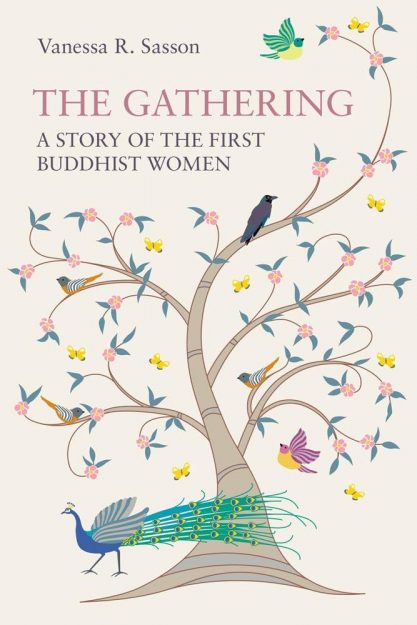
The Gathering: A Story of the First Buddhist Women by Vanessa R. Sasson
Equinox Publishing, June 2023, 224 pp., $25.00, paper
In her novel The Gathering: A Story of the First Buddhist Women, scholar Vanessa R. Sasson offers an imaginative retelling of the women’s request for ordination, following the women as they travel through the forest together seeking full access to the Buddha’s teachings. Building on decades of research and drawing from the poems of the Therigatha, the novel explores how the women navigate the paradox of seeking ultimate liberation while still bound by social inequality. Listen to Sasson discuss how contemporary women monastics understand this story on a recent episode of Tricycle Talks.
–SF
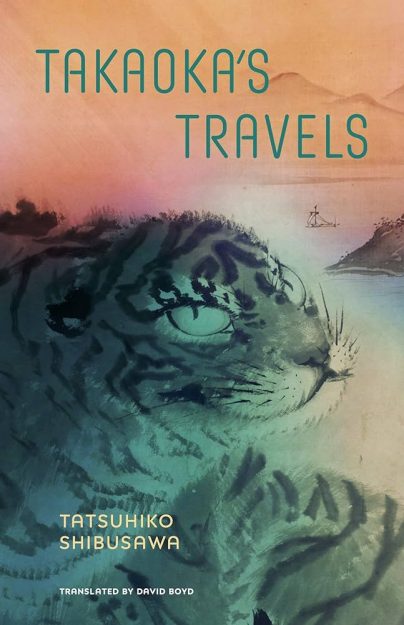
Takaoka’s Travels by Tatsuhiko Shibusawa
MONKEY/Stone Bridge Press, May 2024, 188 pp., $18.95, paper
The mid-20th-century author, translator, and self-styled iconoclast Tatsuhiko Shibusawa’s prize-winning novella brings to life Prince Takaoka, a curious and largely forgotten figure from Buddhism’s travels between Japan and mainland Asia in the 9th century. His story offers a unique set of refracted views for English-language readers interested in Buddhism and literature, or Japanese literature more generally. This retelling of a premodern Buddhist narrative also shines a light on Japan’s geopolitical reality after World War II. In this book, we follow an archetypical journey: a search for Buddhism’s origins in “Hindustan.” Award-winning translator David Boyd renders Hindustan as tenjiku, one of the broad terms from translated Chinese-language Buddhist sutras for “South Asia,” which literally means something like “heavenly lands.” Far from a dry, scholastic read, this book is packed with incident, including erotic adventures, taboo sexuality, and gender transformation.
–NG
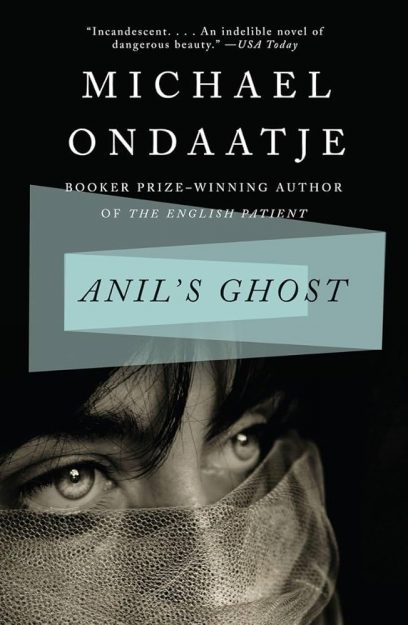
Anil’s Ghost by Michael Ondaatje
McClelland & Stewart, March 2000, 320 pp., $18.00, paper
On the heels of his critically acclaimed novel-turned-Oscar-winning-film The English Patient, author and poet Michael Ondaatje turned his attention to a devastating conflict much closer to home: Sri Lanka’s 1980s–1990s civil war. Anil’s Ghost follows a cast of characters working to solve murders and human rights violations across the ravaged island, beginning with a burnt corpse nicknamed “Sailor.” In true Ondaatje fashion, the details of the case fall secondary to the personal lives of the characters as they navigate grief, loss, and terror. Amidst the catastrophes of the novel, Buddhism’s presence is nothing short of haunting. A blind archaeologist hides out in the ruins of a monastery in the jungle, translating Pali inscriptions and reflecting on the political murder of his brother, a monk. An artist named Ananda spends his days creating statues of the Buddha and his nights drinking away the pain of his wife’s disappearance. A surgeon in Colombo reaches out to touch his Buddha statue before operating on victims of violence. Both poignant and spellbinding, Anil’s Ghost leaves readers pondering “the fields where Buddhism and its values met the harsh political events of the 20th century.”
–HB
![]()
Thank you for subscribing to Tricycle! As a nonprofit, we depend on readers like you to keep Buddhist teachings and practices widely available.
This article is only for Subscribers!
Subscribe now to read this article and get immediate access to everything else.
Already a subscriber? Log in.

 Tekef
Tekef 









